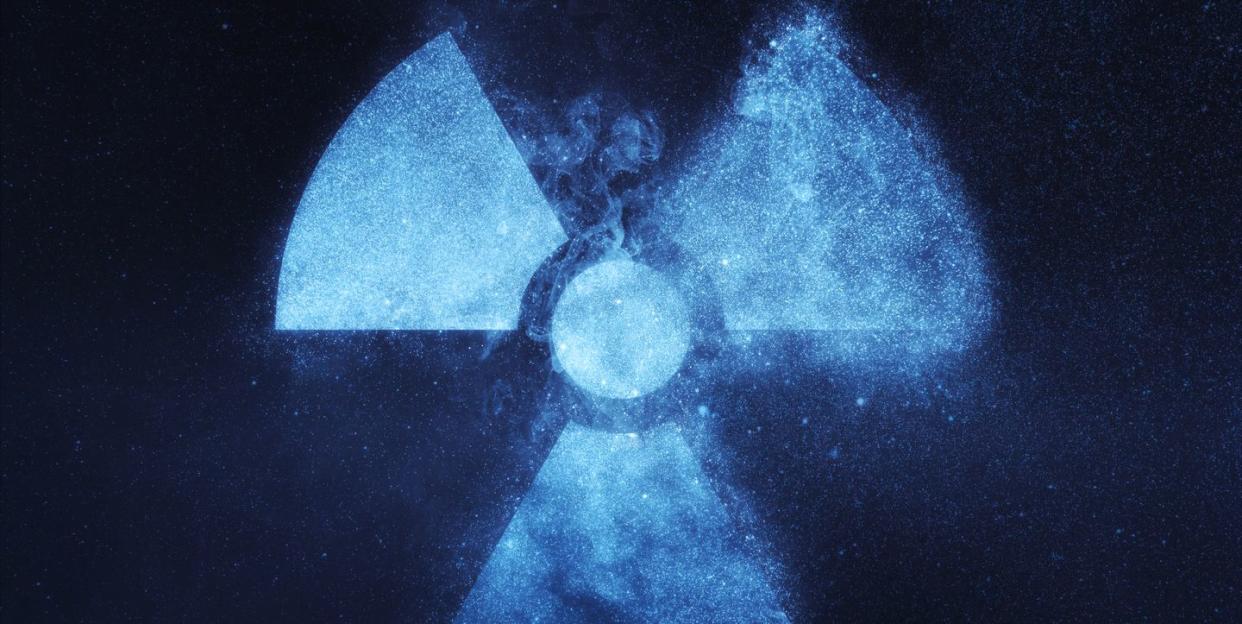How Can a New Form of Plutonium Affect Nuclear Science?

Scientists have discovered a new plutonium compound they're calling Pu(V).
The scientists found the compound by accident when they were attempting to study nuclear safety.
It's unclear yet as to what the compound can do in practical terms, but the team is optimistic it could play a role in more effective nuclear waste storage.
Scientists have discovered a new solid and stable plutonium compound that could have uses in nuclear waste storage. Using the European Synchrotron Radiation Facility, the team —led by a cohort from the Helmholtz Zentrum Dresden-Rossendorf (HZDR) in Germany— was looking for new ways to hinder nuclear meltdowns, reduce nuclear accidents, and lessen any fallout from such events.
The team wanted to replicate nuclear physics as they play out in the real world, so they synthesized and then studied the behavior of actinides, a group of heavy, radioactive metals that includes uranium and thorium.
Within chemistry, a precursor is a compound that takes part in a chemical reaction that creates another compound. To form their artificial actinides, the team wanted to make precursors. The team made its accidental discovery while attempting to create a compound with a Plutonium (IV) precursor.
"Every time we create nanoparticles from the other precursors Pu(III), (IV) or (V) the reaction is very quick, but here we observed a weird phenomenon half way," Kristina Kvashnina, a physicist from HZDR, says in a press statement.
When the scientists were looking over their creation, their first thought as an error within the system. "Chemists were in complete disbelief, but the results were quite clear," says Kvashnina.
To test their discovery, they used another of the Radiation Facility's scientific tools—the Rossendorf Beamline, also known as the ROBL. Meant for studying actinides, the ROBL allows scientists to analyze the metals with an extremely close eye through spectroscopy. With spectroscopy, you can look at the structure of matter and observe the reactions taking place within excited atomic nuclei. The exact study the team undertook is known as an high-energy resolution fluorescence detection (HERFD).
“Our choice of beamline was straightforward: ID26, as it is the best place, regarding the intensity and energy resolution, where such high-energy resolution x-ray absorption spectroscopy studies at low energies can be done. In fact Pu M4 edge HERFD experiment was done at ID26 for the first time. To the best of our knowledge, HERFD data at the Pu M4 edge have never been reported in the literature and never been exploited,” Kvashnina says.
It's tough to say how the plutonium compound, referred to as Pu(V), will affect nuclear science going forward. But the discovery allows scientists to paint a more complete picture of the material and what effects it could have in the future.
“It is a difficult task and only theoretical predictions are possible, but the existence of this new Pu(V) solid phase, which is stable, will have to be taken into account from now on. It will change, for sure, the theoretical predictions of plutonium behavior in the environment over a period of million years," Kvashnina says.
You Might Also Like

